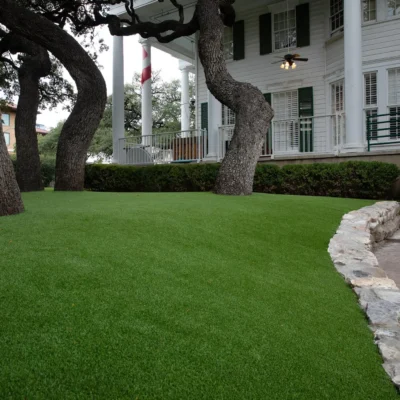When it comes to keeping your home comfortable and energy-efficient year-round, window insulation plays a crucial role. Poorly insulated windows can cause heat loss in winter and unwanted heat gain in summer, leading to higher energy bills. Fortunately, WDMA Windows and Doors provide a reliable solution. Certified by the Window & Door Manufacturers Association (WDMA), these windows meet strict performance standards that can greatly improve your home’s insulation.
Here’s how to choose the best WDMA window specifically for insulation and long-term energy savings.
Understand What Makes a Window Well-Insulated
Before you shop for a window, it’s important to understand the elements that affect insulation:
- Glazing (number of panes)
- Gas fills (argon or krypton)
- Low-E coatings
- Frame material
- Spacer systems
- Air-tight seals
WDMA-certified windows are tested for all these factors, so their ratings provide a reliable guide for making the best choice.
1. Check the U-Factor Rating
The U-factor measures how well a window prevents heat from escaping. The lower the U-factor, the better the insulation.
- For colder climates, look for a U-factor of 0.25 or lower.
- For moderate climates, 0.30 to 0.35 is acceptable.
WDMA labels clearly display U-factor ratings, allowing you to compare performance easily.
Tip: Choose windows with a low U-factor to retain heat during winter and reduce heating costs.
2. Look for Low-E Glass
Low-emissivity (Low-E) glass has a special coating that reflects infrared light while allowing visible light to pass through. This feature is especially beneficial for insulation as it:
- Reflects interior heat back into your home in winter
- Blocks external heat during summer
Most WDMA Windows and Doors feature Low-E coatings that help improve insulation and energy efficiency.
Tip: Combine Low-E glass with argon gas fills for even better insulation.
3. Opt for Double or Triple Glazing
Insulated glass units (IGUs) with two or three panes are much more effective than single-pane windows. Each layer of glass, combined with an insulating gas like argon or krypton, helps prevent thermal transfer.
- Double-pane windows are a solid choice for most climates.
- Triple-pane windows are ideal for extreme weather conditions.
Tip: Always verify the glazing options and certifications provided on the WDMA label.
4. Choose the Right Frame Material
The type of frame can significantly affect a window’s insulation performance. Here’s how different materials compare:
- Vinyl: Excellent thermal resistance and affordability
- Fiberglass: Highly durable and energy-efficient
- Wood: Great insulator but requires more maintenance
- Composite: Combines the benefits of multiple materials
Tip: Avoid aluminum frames unless they feature a thermal break, as aluminum conducts heat easily.
5. Pay Attention to WDMA Performance Grades
WDMA uses a performance-based certification system that considers factors such as air leakage, structural integrity, and water resistance. For insulation, focus on:
- Air Infiltration Rating: Lower values mean less air leakage and better insulation.
- Condensation Resistance: Higher values reduce moisture buildup and energy loss.
Tip: Always review the full WDMA performance label to choose a window suited for your insulation needs.
6. Select Windows Based on Climate Zone
WDMA provides regional recommendations to help homeowners select products suited to their specific climate. Windows designed for colder zones emphasize insulation, while those for warmer regions focus on solar heat control.
Tip: Consult your local energy codes and match your WDMA window ratings accordingly.
Conclusion
Choosing the best WDMA window for insulation is about understanding key performance metrics and matching them with your home’s needs. Look for windows with low U-factors, multiple glazing layers, gas fills, and energy-efficient frame materials. Most importantly, rely on the trusted labeling and standards provided by WDMA Windows and Doors to make a confident, informed choice.
Investing in properly insulated windows not only reduces your energy bills but also increases indoor comfort, lowers your carbon footprint, and adds long-term value to your home.




